A Comprehensive Guide to All Things Paint & Plaster
Translation missing: en.blogs.article.author_on_date_html
Living
A Comprehensive Guide to All Things Paint & Plaster
April 22, 2022
Though we might all dream of eventually finding that dream project—where we can take a lovingly lived-in home with good bones, fix it up, and make it our own—we deserve the opportunity to tell a rich interior story regardless of where we currently call home. That’s where Portola Paints comes in. With time-old traditions and small-batch methods, they’ve developed inspired wall treatments that feel architectural and authentic in any home, so you can give yours a history from scratch. We recently met with Portola’s Jamie Davis to pick his brain on all things paint and plaster, and whether you’re actively looking for interior guidance or simply curious why we had no choice but to have them take on everything to do with walls at the Jenni Kayne Ranch, read on for a peek into Portola’s unmatched expertise.
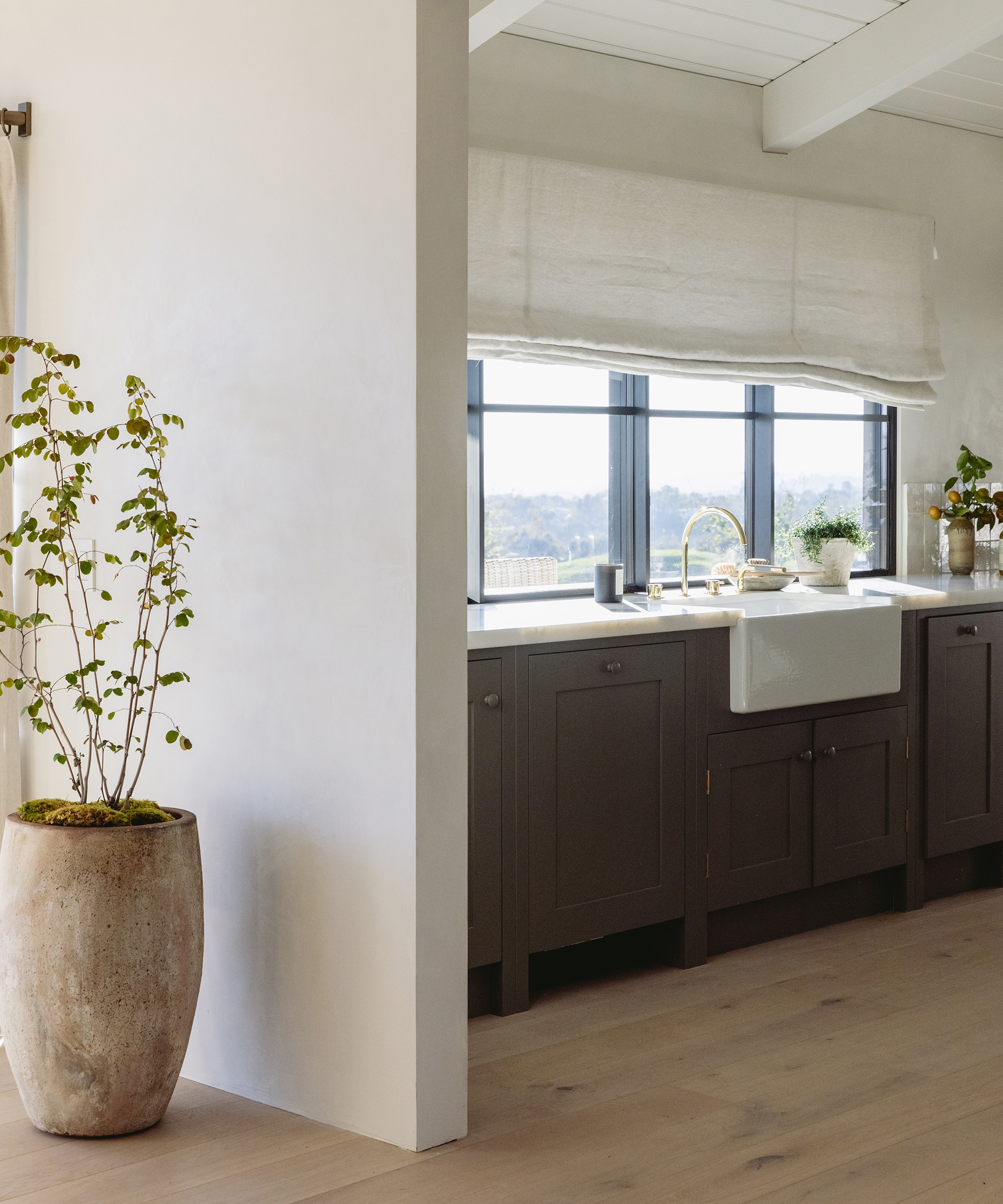
A Comprehensive Guide to All Things Paint & Plaster
Rip & Tan: What’s important to keep in mind when deciding upon a color or finish for a space? In a world filled with endless shades, where is one to start?
Jamie Davis: Starting from scratch is definitely the most difficult way to start choosing colors for your walls. You have to start somewhere, though. Whether you have an existing hardwood floor or a certain color tile, these things should generally influence your first move. From there, I usually suggest choosing furniture or bedding, curtains, and so forth.
Once you have a few things in place, your choices for wall colors will be much easier to decide on. When it comes to something like flooring you may only have a few options, but with paint, there are way more choices to make (even with a well-curated palette of a couple hundred paint colors). Having at least a few elements to start with will help narrow down your options (in a good way).
Rip & Tan: How does your traditional process of blending colors by hand enrich the final product of each shade?
Jamie Davis: We’ve been blending our colors by hand for over 20 years. Throughout this process, we have learned so many different techniques and approaches for making paint and plaster colors. We’ve made and matched thousands of colors. Also, I’d say one of the most important lessons I’ve learned is to listen and talk to our customers and find what they need. If there is a gap in our color line I know that this is an area that we need to address for us and them.
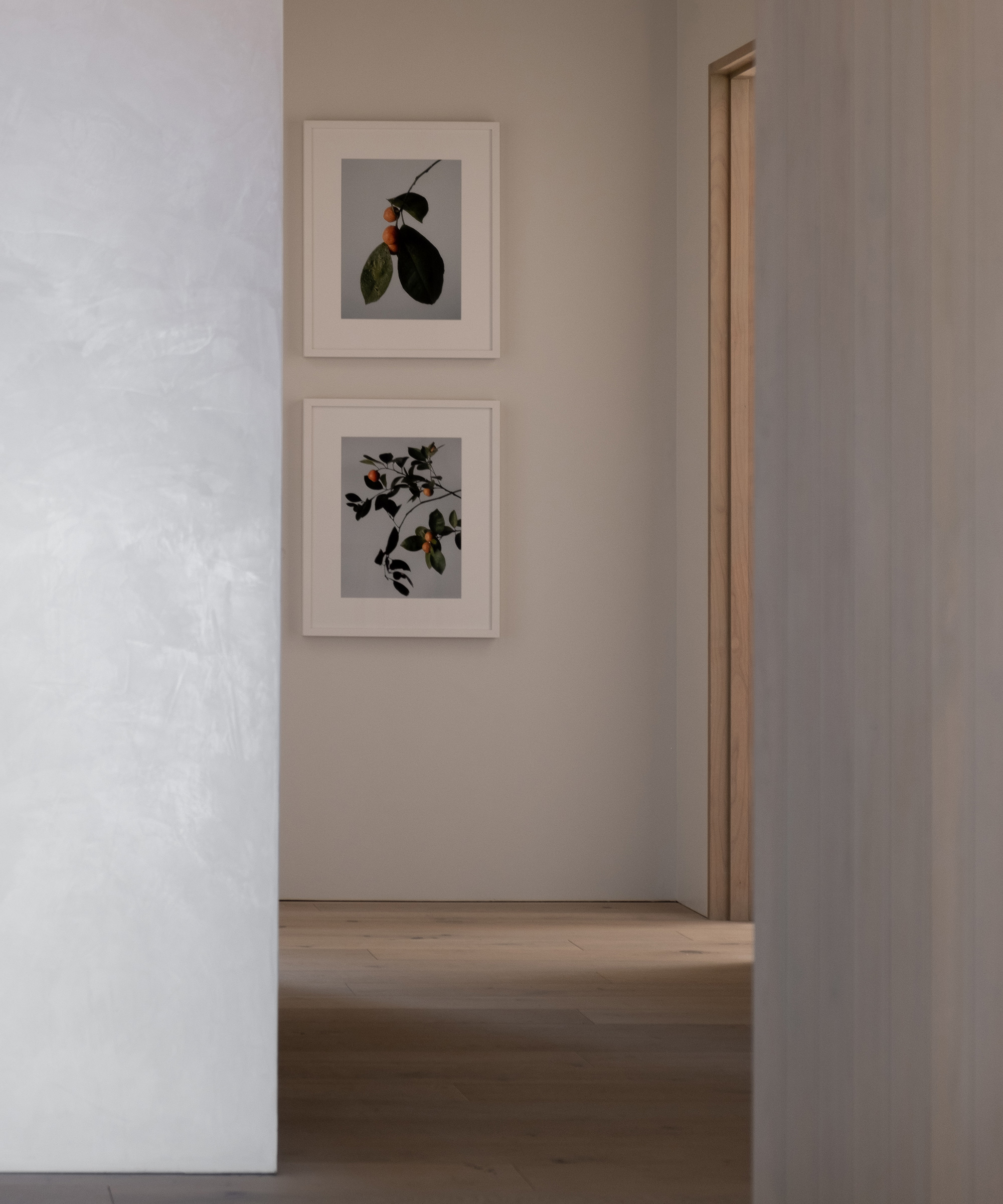
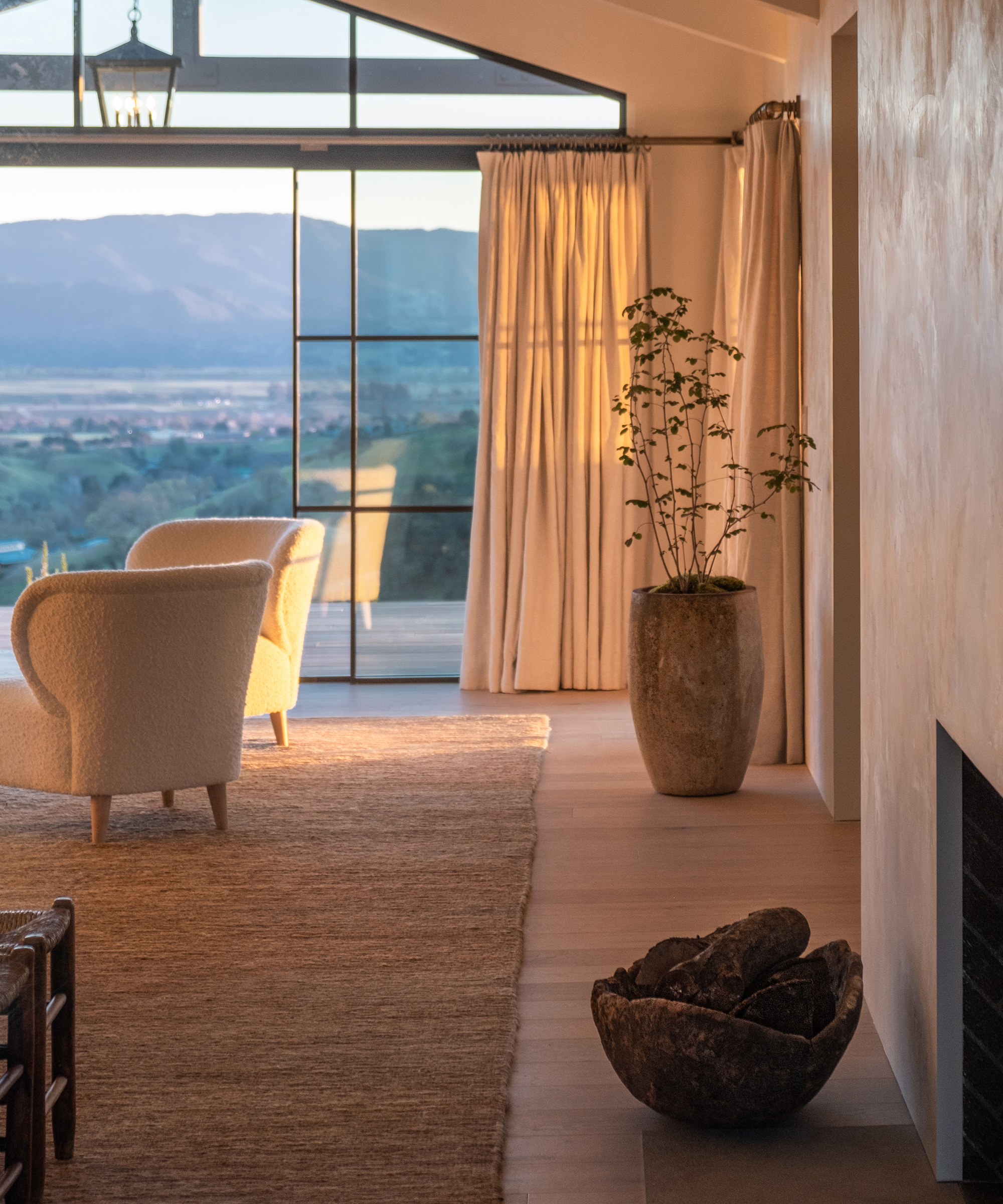
Rip & Tan: From Lime Wash and Roman Clay to Flat Acrylic—can you walk us through your coatings and finishes?
Jamie Davis: Lime Wash and Roman Clay are our two specialty finishes and are a big part of what makes Portola Paints so unique. Lime Wash is applied by brush and leaves a beautiful, soft suede-like texture to any surface, suitable for interior or exterior use. Lime paints and washes have been around for hundreds of years and have so many different uses and applications.
Roman Clay is a modernized paint/plaster hybrid material that is incredibly versatile. It is intended for smooth interior walls and can be applied in a number of different ways to achieve various textures.
We also have an entire line of traditional coatings. Our carefully selected collection of just over 225 hand-crafted colors ranges in sheen from Interior Flat to High Gloss. Our most popular traditional finishes are our Ultra Flat Acrylic for walls and the Satin Enamel for trim and millwork.
Rip & Tan: What’s important to know before opting for a Lime Wash or Roman Clay finish? Any application insight?
Jamie Davis: Both finishes are pretty straightforward for both professionals and DIY. Roman Clay is best applied to very smooth drywall surfaces. It is very user-friendly and easy to control as long as you take the time to apply the necessary layers it requires. It is typically applied in 2 coats, but there are multiple overlapping layers that you need to apply within each coat.
You sort of have to embrace the quick dry time, let the product set up for a few minutes and then you can recoat it as you go along the wall. Lime Wash is a brush-applied finish that has a special primer. It will work on drywall, plaster, orange peel, brick, stucco, etc. Depending on the surface you are applying to and the result you are looking to achieve there are different ways to go about your application.
Rip & Tan: Can you pair any traditional Portola paint with one of your finishes?
Jamie Davis: There are plenty of colors in our traditional line that will complement our Roman Clay and Lime Wash colors, and vice versa. Additionally, we have traditional paint color matches for all of our Roman Clay and Lime Wash colors, so if you wanted to match your trim color to your Roman Clay wall, we can do that! It is also quite common to slightly darken or lighten the color of the trim for a bit of contrast, which we can also do.
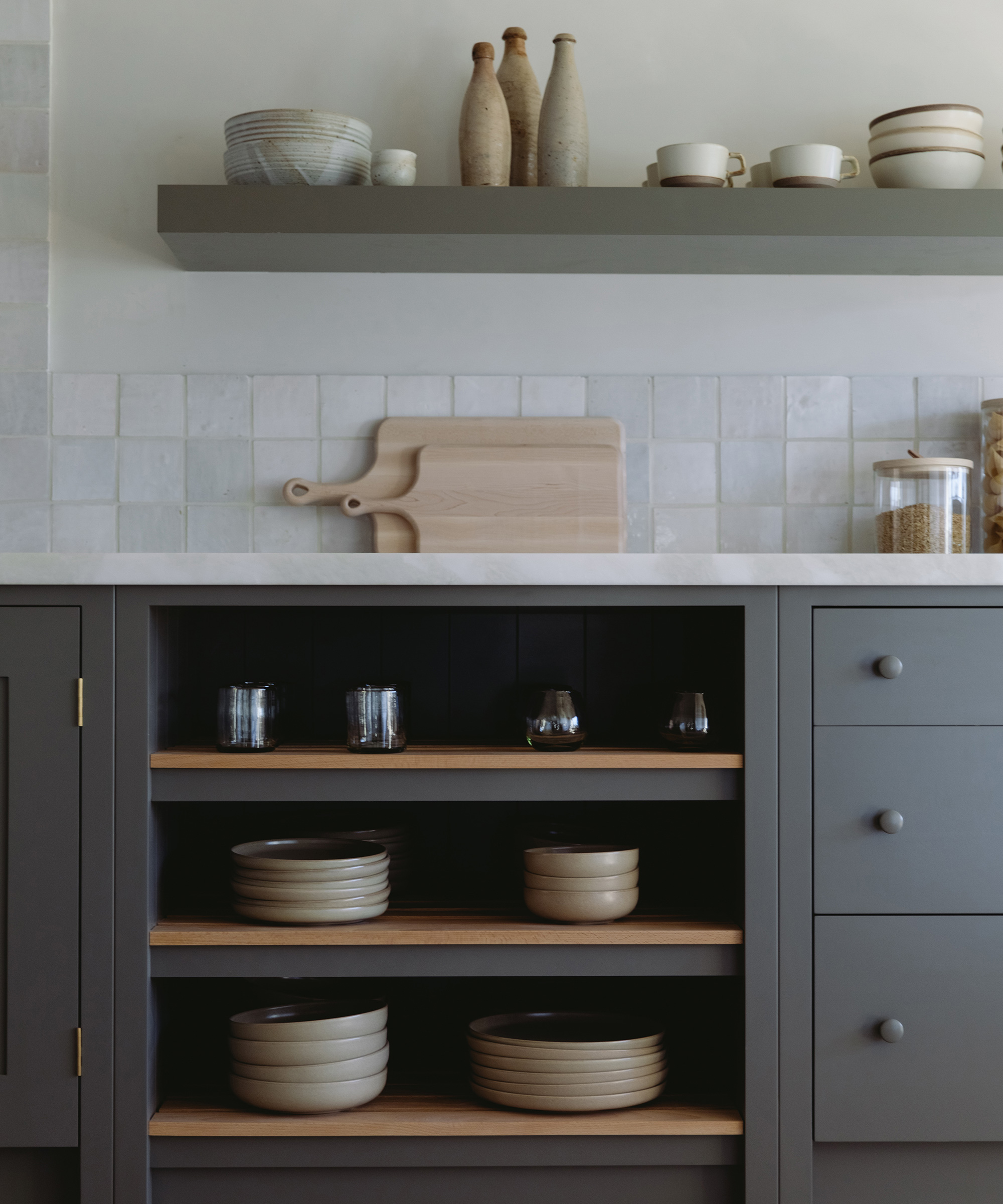
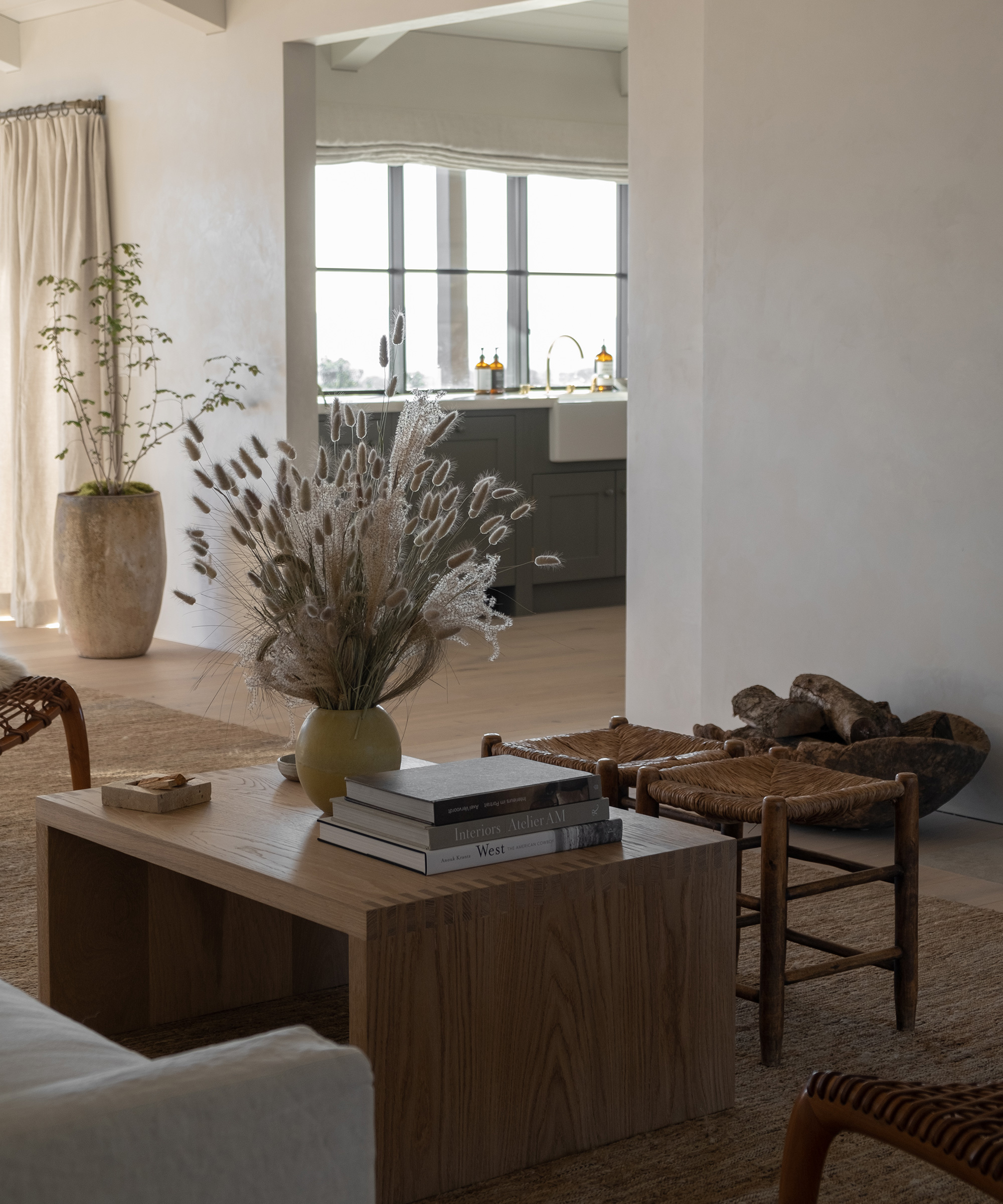
Rip & Tan: What do Roman Clay and Lime Wash bring to a space?
Jamie Davis: Texture, warmth, and dimension. Our specialty finishes are a wonderful, easy way to add depth and dimension without having to make bold color choices. Neutral wall shades will always be a popular thing and for good reason. They are calming and easy on the eyes. Adding a bit of texture with a neutral color is a great way to bring in a sense of warmth and an added element of design.
Rip & Tan: Any tips for mixing traditional shades and special finishes throughout a home?
Jamie Davis: Using a finish like Roman Clay or Lime Wash throughout an entire home is so beautiful for a number of reasons. It feels more like an architectural element like your house or apartment was built with these materials. Painting ceilings, doors and trim with traditional paint is a great way to introduce “regular” paint. I generally prefer to paint ceilings, doors, and trim in a slightly varied version of the wall color to make it feel intentional as opposed to pretending that it is the same finish as the walls.
Of course, if using one of our specialty finishes throughout your entire home isn’t a viable option, you can always choose specific rooms or walls to accent. Whether it’s the wall behind the bed in a master suite, a fireplace in the living room, or just a powder room reno, using a bit of Roman Clay or Lime Wash is a great way to add some life and character to a space.
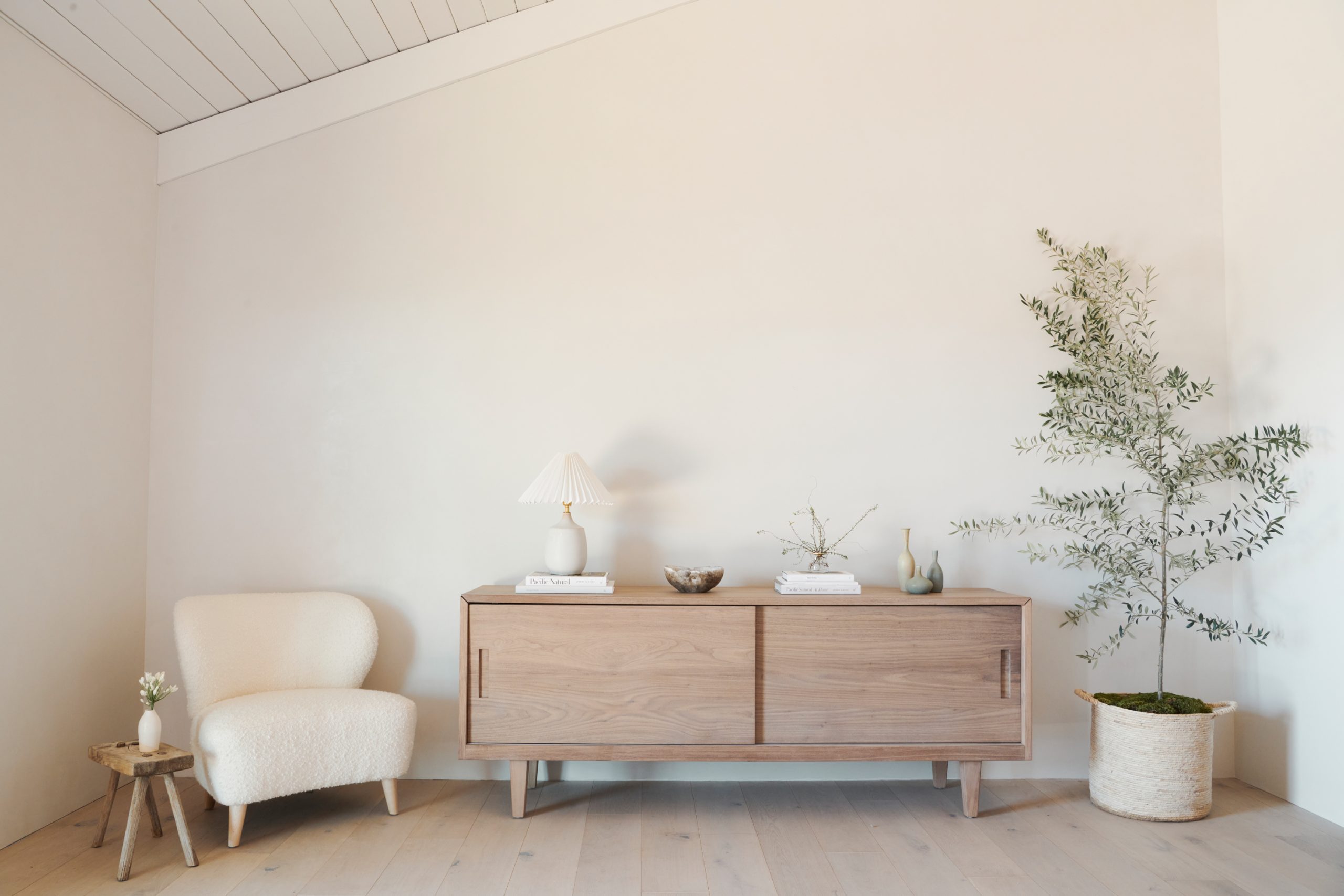
Photos by Amanda Sanford Angi Welsch and Olivia Pierce